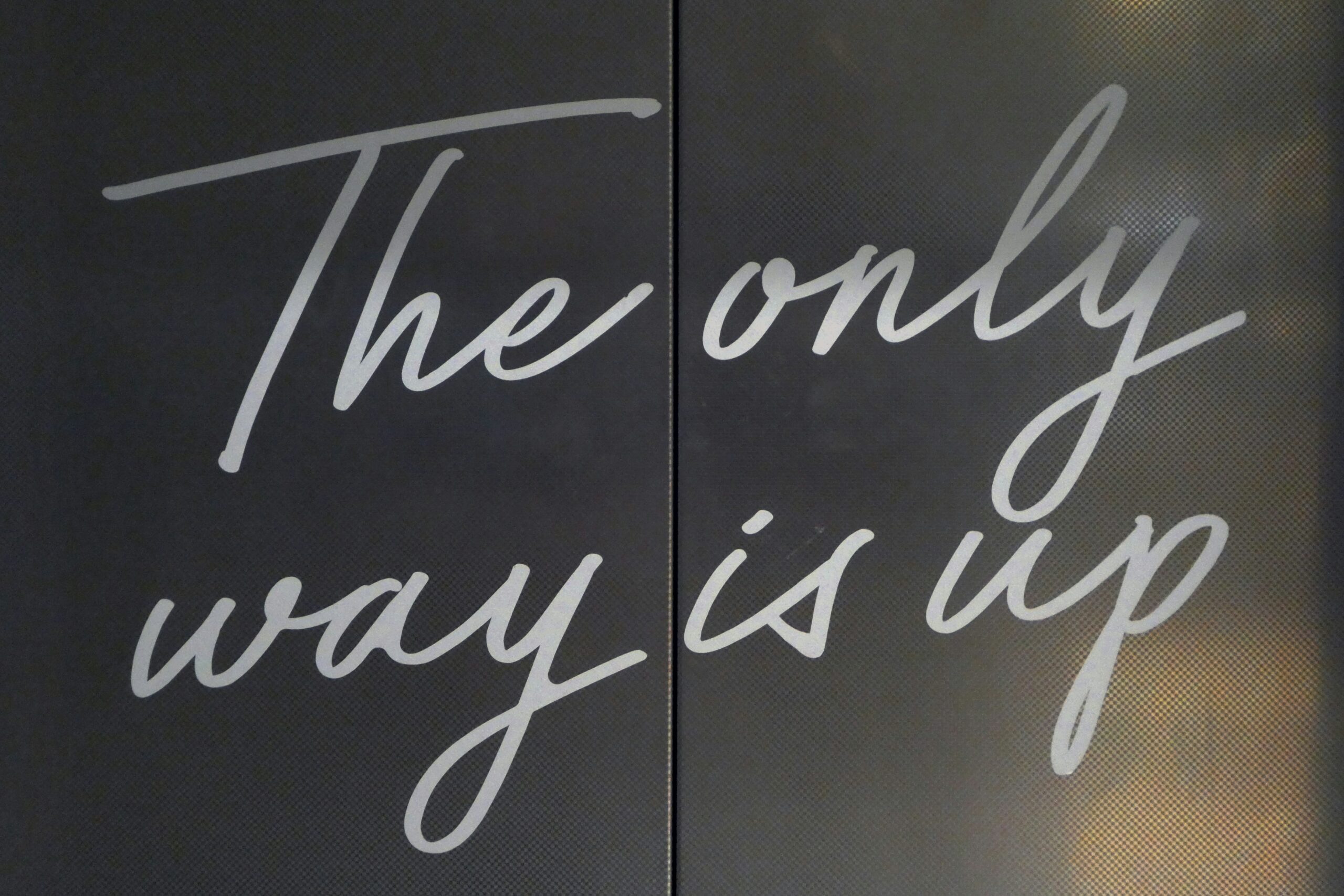Last Updated on February 8, 2024
Behavior therapy and psychoanalysis stand as two prominent approaches in the field of psychology, each offering distinct pathways to help individuals navigate through mental and emotional challenges. The question at the heart of these approaches—how is behavior therapy different than psychoanalysis—guides us toward a clearer understanding of their divergent principles and techniques. This article aims to explore these differences in depth, offering insights into their respective methodologies and evaluating their effectiveness in addressing various psychological conditions.
Examining How Is Behavior Therapy Different Than Psychoanalysis
Diving into the realm of mental wellness, one may encounter a crossroad between behavior therapy and psychoanalysis, each path offering a unique healing journey. The crucial inquiry, how is behavior therapy different than psychoanalysis, is not just a question—it’s a gateway to understanding the diverse strategies within psychological treatment.
Behavior therapy operates on the principle that all behavior is learned and that unhealthy behaviors can be changed. The focus is on the present—the ‘now’—and not on the historical ‘whys’ of the past. It’s a realm of therapy that empowers individuals with practical techniques and strategies, such as exposure therapy and behavioral experiments, to overcome difficulties.
On the flip side, psychoanalysis dives into the deep end of the psychological pool, exploring the murky waters of the unconscious mind. It’s an exploratory process, one that seeks to unearth the hidden roots of behavior buried in early life experiences and repressed emotions, typically through sessions that emphasize dialogue and reflection.
Understanding these differences is not merely academic—it’s a fundamental aspect of selecting the right therapeutic approach. It’s about aligning with a therapy style that resonates with one’s personal beliefs and life philosophy. This choice shapes the journey to recovery and personal growth, emphasizing the importance of this critical distinction.

Roots of Behavior Therapy
The inception of behavior therapy is a tale of innovation and empirical research. It began in the early 20th century, with the groundbreaking work of psychologists like John B. Watson and B.F. Skinner. Watson’s famous ‘Little Albert’ experiment demonstrated how emotions could be conditioned, while Skinner’s operant conditioning chamber, or the ‘Skinner Box,’ revealed the power of reinforcement and punishment. These experiments laid the foundation for behavior therapy, emphasizing observable behavior as the primary source of psychological data.
As the years progressed, so did behavior therapy, evolving through the contributions of figures such as Albert Bandura, whose social learning theory expanded understanding beyond conditioned responses to include observational learning. The 1950s and 1960s saw behavior therapy emerge as a formidable alternative to the psychoanalytic methods that dominated the era. It offered a fresh perspective that was structured, systematic, and rooted in the scientific method, appealing to a growing desire for treatments that yielded measurable and timely results.
Psychoanalysis: A Dive into the Unconscious
In contrast to the concrete focus of behavior therapy, psychoanalysis emerged from the intuitive and reflective work of Sigmund Freud in the late 19th century. Freud’s theory of the unconscious, along with his concepts of the id, ego, and superego, introduced a revolutionary way of understanding the human psyche. His method of psychoanalysis involved free association, dream interpretation, and transference, which allowed individuals to explore their deepest thoughts and feelings, many of which were believed to be repressed since childhood.
The evolution of psychoanalysis didn’t stop with Freud. It was carried forward by luminaries such as Carl Jung, who introduced the concepts of the collective unconscious and archetypes, and Melanie Klein, known for her work in object relations theory. Throughout the 20th century, psychoanalysis diversified, giving rise to various schools of thought, from Anna Freud’s emphasis on ego psychology to Jacques Lacan’s linguistic approach. This rich tapestry of perspectives contributed to the dynamic and complex nature of psychoanalytic therapy, a stark contrast to the simplicity and directness of behavior therapy.

Behavior vs. Inner World: Divergent Therapeutic Focuses
The central query of how is behavior therapy different than psychoanalysis can be profoundly understood by examining the focus of each therapy. Behavior therapy and psychoanalysis sit on opposite ends of the therapeutic spectrum, each with its distinctive approach to fostering change and healing in individuals.
Behavior Therapy’s Approach to Changing Actions
Behavior therapy zeroes in on the actions and behaviors of individuals, aiming for tangible change. This form of therapy holds the conviction that dysfunctional behaviors are the result of maladaptive learning. Thus, it uses a variety of techniques to promote positive behavior change and to extinguish unwanted behaviors. Techniques such as exposure therapy, where individuals confront their fears in a controlled environment, and skills training, which equips individuals with the necessary tools to manage their behaviors, are central to this approach.
The essence of behavior therapy is its emphasis on measurable goals and observable outcomes. Therapists who practice this method maintain a laser focus on the present, on what can be seen and changed directly. It’s a path often chosen for its practicality and the clarity with which progress can be tracked and understood.
Psychoanalysis and the Exploration of the Unconscious
Psychoanalysis, by contrast, delves into the intangible realm of the unconscious mind. The psychoanalytic process is a deep exploration of the self, emphasizing understanding the underlying causes of behavior, particularly as they relate to early life experiences. It operates on the belief that to change, one must first uncover and understand the unconscious motivations, conflicts, and repressed emotions that may be steering behavior.
This journey into the unconscious can be intricate and prolonged, often involving techniques such as dream analysis and free association to bring the hidden to light. The psychoanalyst and patient work together to decode the language of the unconscious, which can be manifested through symptoms, behaviors, and dreams.
Techniques and Processes: Navigating Through Therapy
To fully grasp the differences between behavior therapy and psychoanalysis, it is essential to consider the specific techniques and processes that characterize each therapeutic approach. These methods are not just tools but are reflective of each discipline’s underlying philosophies and goals.
Methods in Behavior Therapy
Behavior therapy is pragmatic and action-oriented, employing a suite of specific interventions tailored to modify problematic behaviors and develop new, healthier patterns. Some of the cornerstone methods include:
- Cognitive Behavioral Therapy (CBT): CBT is a popular form of behavior therapy that combines behavioral techniques with cognitive therapy. The process involves identifying and challenging distorted or unhelpful thought patterns and replacing them with more constructive ones.
- Applied Behavior Analysis (ABA): Often used in the context of developmental disorders, ABA breaks down complex behaviors into smaller, teachable components, emphasizing positive reinforcement to encourage desirable behaviors.
- Systematic Desensitization: This technique is particularly effective for phobias and anxiety disorders, gradually exposing individuals to the feared object or context without any danger, to help them overcome their anxiety.
Each method shares the common thread of being structured, time-limited, and focused on specific behavioral targets, making behavior therapy a highly adaptable and practical approach to mental health.
Psychoanalytic Techniques
In contrast, psychoanalytic techniques are introspective, aiming to draw out the thoughts and feelings from the deepest recesses of the unconscious mind. The primary tools include:
- Free Association: This foundational technique encourages patients to verbalize thoughts as they come, without censorship, to uncover unconscious patterns and conflicts.
- Dream Analysis: Dreams are seen as windows into the unconscious, and their analysis can provide critical insights into unresolved issues.
- Transference and Countertransference: These phenomena occur when patients project feelings about significant others onto the therapist, or vice versa, revealing underlying dynamics and offering a chance for therapeutic exploration.
Psychoanalysis demands a significant investment of time and emotional energy, reflecting its commitment to comprehensive and profound psychological change. The intricate process of interpretation and analysis is a journey that can span years but promises a deeply transformative experience.

A Timeline Comparison: From Sessions to Results
When considering how is behavior therapy different than psychoanalysis, the duration and intensity of treatment are as crucial as the therapeutic techniques themselves. This distinction can greatly influence an individual’s decision when choosing the most suitable form of therapy for their needs.
Short-term Goals vs. Long-term Exploration
Behavior therapy is often seen as a short-term treatment option. It is structured around specific, achievable goals with a clear beginning and end. The typical duration of behavior therapy ranges from a few weeks to several months, depending on the individual’s needs and the specific issues being addressed. Sessions are usually scheduled once a week and are designed to be direct and solution-focused, providing clients with practical tools and strategies to manage and change their behaviors effectively.
In contrast, psychoanalysis is a long-term exploration of the self. It requires a more extensive time commitment, with therapy often spanning several years. The frequency of sessions can also be more intensive, with individuals sometimes meeting with their psychoanalyst multiple times per week. This long-term commitment is viewed as necessary to delve into the complex and deep-seated patterns of the unconscious mind, allowing for the gradual emergence and resolution of unconscious material.
The expected duration and intensity of therapy are reflective of the therapeutic objectives: behavior therapy aims for expedient behavioral adjustments, while psychoanalysis seeks a deep-rooted change in personality and emotional development. The choice between the quick, targeted approach of behavior therapy and the extensive, introspective journey of psychoanalysis depends on the individual’s therapeutic goals, life circumstances, and the nature of the issues being confronted.

Measuring Success: Outcomes of Behavior Therapy vs. Psychoanalysis
As we navigate the complexities of mental health treatments, evaluating the outcomes and effectiveness is vital. The comparison of behavior therapy and psychoanalysis encompasses their respective metrics of success, with each method possessing unique advantages and strengths.
Evidence-based Results in Behavior Therapy
Behavior therapy is highly results-oriented, with a strong foundation in evidence-based practice. It is renowned for its effectiveness in treating a wide range of disorders, particularly anxiety, phobias, and mood disorders. The success of behavior therapy is often measurable through specific behavioral changes and symptom reduction. This modality’s effectiveness is further underscored by its short-term nature, offering clients the possibility of seeing tangible results in a relatively brief period.
The structured approach in behavior therapy allows for clear benchmarks and goals, which are used to track progress throughout treatment. This method’s success can often be quantified, for instance, through the reduction of panic attacks in an individual with panic disorder or improved daily functioning in someone with obsessive-compulsive disorder.
Long-term Benefits of Psychoanalysis
Psychoanalysis, with its in-depth focus on the unconscious mind, often produces long-term benefits that might be less tangible but deeply transformative. The effectiveness of psychoanalysis can be seen in the profound personal growth and self-awareness it fosters. It’s not uncommon for individuals who have undergone psychoanalysis to report significant changes in their personality, improved relationships, and a better overall quality of life.
These changes are typically achieved over a longer period, as psychoanalysis works on a much deeper level than behavior therapy. Success in psychoanalysis may be measured by an individual’s increased capacity to understand and manage their emotions, a richer sense of self-identity, and the resolution of internal conflicts that may have been affecting them for years.

Making an Informed Choice Between Behavior Therapy and Psychoanalysis
In wrapping up our examination of how behavior therapy differs from psychoanalysis, it becomes evident that each approach carves out its unique route toward healing and self-discovery. The decision to embark on either path is deeply personal and should be made with careful consideration of one’s individual needs, circumstances, and goals.
For those weighing their options, here are a few tips to aid in making an informed choice:
- Reflect on your goals: Consider whether you are seeking short-term solutions to specific behavioral issues or long-term exploration of deep-seated emotional patterns.
- Evaluate your commitment: Think about the amount of time you are willing to commit to therapy. Behavior therapy may offer quicker results, while psychoanalysis is a more extended journey.
- Research and consult: Don’t hesitate to reach out to professionals for initial consultations. Understanding the therapist’s approach and feeling comfortable with them is essential.
- Listen to your Intuition: Ultimately, your gut feeling plays a significant role. Choose the therapy that feels right for you, one that resonates with your personal beliefs and outlook on life.
Above all, remember that therapy is a collaborative and transformative journey. It’s not about the label of the therapy you choose but the relationship you build with your therapist and the progress you make toward your mental health goals. Whether through the structured strategies of behavior therapy or the introspective path of psychoanalysis, your decision should empower you to move forward in your journey with confidence and hope.







